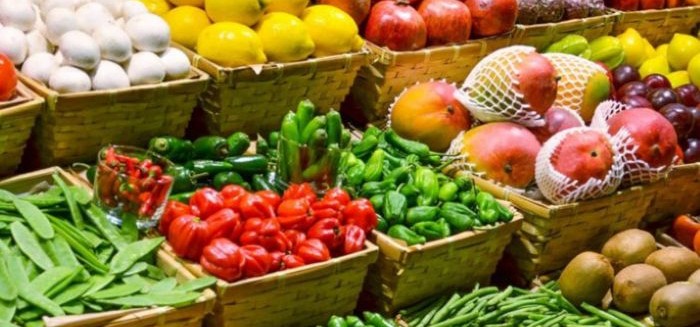(3 Minutes Read)
The FAO Food Price Index, which measures the monthly change in international prices of a basket of food commodities, averaged 127.1 points in February 2025, up 1.6% from January and 8.2% higher from February 2024.
Global food prices rose 1.6% in February driven by higher vegetable oil, sugar and dairy prices, the UN Food and Agriculture Organization (FAO) said on Friday. The FAO Food Price Index, which measures the monthly change in international prices of a basket of food commodities, averaged 127.1 points in February 2025, up 1.6% from January and 8.2% higher from February 2024.
The uptick was driven by a faster increase in the price of sugar which was up 6.6% from January on the back of looming tighter global supplies in the 2024/25 season coupled with dry weather conditions in Brazil and depressed production in India.
Prices of major dairy products increased globally, with the dairy index rising 4% in February as strong import demand in Europe exceeded production in Oceania. Higher quotations across cross palm, rapeseed, soya, and sunflower oils drove up vegetable oil prices as output declined in Southeast Asia. The increase was largely underpinned by seasonally lower outputs in Southeast Asian producing countries and expectations of increased demand from the biodiesel industry in Indonesia, FAO said in the report.
While meat prices remained stable in February, going down marginally by 0.1% from January, they remained 4.8% above the February 2024 levels. Despite the persisting avian influenza outbreaks in major producing countries, the decline was driven by increased global supply due to high exports from Brazil.
Read Also:
https://trendsnafrica.com/global-food-prices-hit-high-due-to-inclement-weather/
The report notes that 45 countries require external food assistance, including 33 in Africa, 9 in Asia, 2 in Latin America and the Caribbean, and 1 in Europe. Persistent conflicts and civil insecurity are the main causes of severe hunger, with the most critical situations in Gaza (Palestine) and Sudan, where populations face acute food insecurity.





